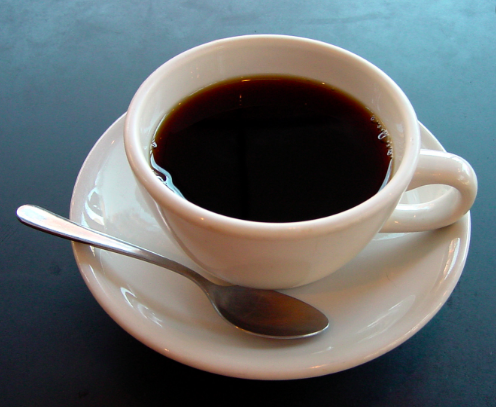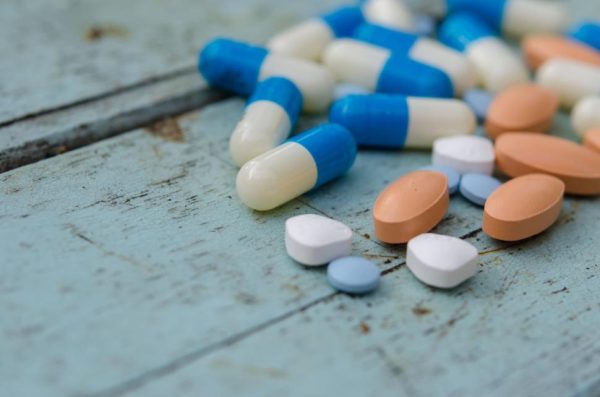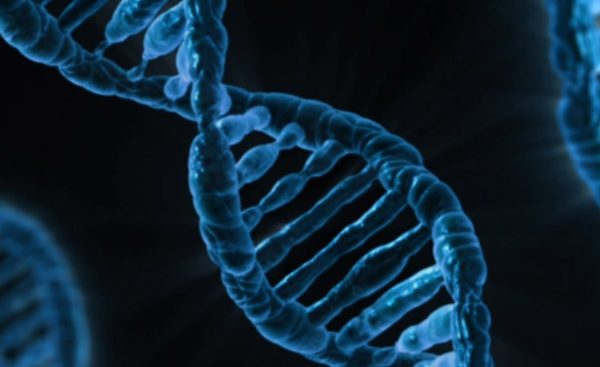The Need for Caffeine

Courtesy of Julius Schorzman on WikiMedia
Coffee is a popular drug worldwide.
In the US alone, over 74.2 billion dollars were spent on coffee in the year 2015, according to the National Coffee Association. This translates to $1,100 a year for the average American, or just three dollars a day. The coffee industry has grown to be valued at 225.2 billion dollars ever since it was first discovered in the early 15th century. The once illegal beverage has now become a widespread symbol of our modern culture. There is a lot to uncover about the secrets, science, and history of coffee.
What keeps us coming back to coffee day after day? Caffeine. As many people, both coffee and non-coffee drinkers, know, the alluring property of coffee is the caffeine stimulant drug that is released into the drink from the coffee beans. As a stimulant, caffeine can make the body feel more awake and full of energy, fighting off fatigue. The US National Library of Medicine also lists caffeine as diuretic, meaning it lowers the salt concentrations of your body increasing the need for urination. The effects of caffeine can take up to an hour to kick in, and can last up to six hours after consumption. These prolonged effects make the substance appealing to the average worker or student who needs the extra boost in the morning to help them with their job or studies.
With great benefits comes great responsibility, as an excessive amount of caffeine in the body can lead to some pretty nasty consequences. Insomnia, headaches, dizziness, dehydration and anxiety are listed under the US National Library of Medicine. The source also details how caffeine naturally increases the release of acid in the stomach, leading many to have stomach aches or heartburn. Caffeine can also increase blood pressure and obstruct the absorption of calcium into the bloodstream. For most people, consuming up to 400 mg of caffeine a day will prevent any harmful consequences. Those 400mg transfer to a little less than three Pumpkin Spice Lattes from Starbucks, or a little over four Monster Energy drinks.
Many people, students included, joke about how they are “addicted” to caffeine. They drink a morning coffee and have an afternoon energy drink to satisfy their bodies’ demand for energy. However, addiction is not an accurate term to use. According to the National Institute of Drug Addiction, an addiction requires a large surge in dopamine, the pleasure rewarding drug, to be released in the brain, causing it to throw off the reward circuit. Officially, the organization states that an addiction is, “the uncontrolled (or “compulsive”) use of a substance even when it causes negative consequences for the person using it”.
Caffeine does release a small amount of dopamine, but not enough to completely fry the reward circuit.The minor withdrawal symptoms (such as headaches, tiredness, and insomnia) do not affect the body enough to fit the definition of addiction symptoms, so someone who drinks caffeine on a daily basis is often labeled as “dependent.” Being dependent on caffeine means that a larger dose is necessary to induce the same effect and that people experience withdrawal symptoms when reducing their intake severely. The World Health Organization has begun to recognize severe cases of caffeine dependency as clinical disorders. A journal of Caffeine Research in the US National Library of Medicine states that low doses of caffeine can help with withdrawal symptoms.
All drugs have faced difficulties throughout history. Alcohol underwent trials in the prohibition era, marajuana is currently facing a legalization battle, and the War on Drugs is still very much in effect. It is easy to forget that caffeine, the most widely used drug here in the US with over 90% of the population using it on a daily basis according to Molecular Nutrition Food Research, once went through a legalization battle.
First cultivated along the Ariabian Peninsula in the early 15th century, coffee began as a popular beverage in Egypt, Persia, Syria, and Turkey according to the National Coffee Association. Several of the religious communities in the area sought to ban the new stimulating substance, but the bans were usually ignored by the population. Secret coffee houses began to spur where scholars would exchange information. Eventually, the coffee houses were nicknamed “Schools of the Wise.” With thousands of pilgrims journeying to Mecca, news of this “wine of Araby” spread across western Europe.
When coffee did reach Europe in the early 17th century, many religious groups with political influence reacted the same way as the eastern European groups. Some called it the “bitter invention of Satan.” Small counties were rejecting the beverage entirely and matters became so heated, the Pope was asked to intervene. After tasting the beverage for himself, the pope approved of the beverage and only made the divide more extreme. Regardless of legal battles, coffee houses called “penny universities” sprouted where a penny could buy a cup of coffee and stimulate conversations. Those who switched from the widely used alcohol in beer and wine began their day with energy and spry. Although it is uncertain if the two events are connected, the spread of coffee consumption in Europe is closely related to the Age of Enlightenment. Scholars, philosophers, merchants, and artisans visited the famed penny universities where they could converse in stimulating conversation while drinking the popular stimulant.
Once illegal, coffee has now become the world’s drug of choice. Society’s values have shown that an attentive, hyper, stimulated worker is a wanted worker. Caffeine has its scientific benefits as well as its consequences for those who become dependent. It is important to treat the drug, like any other drug, with caution.





